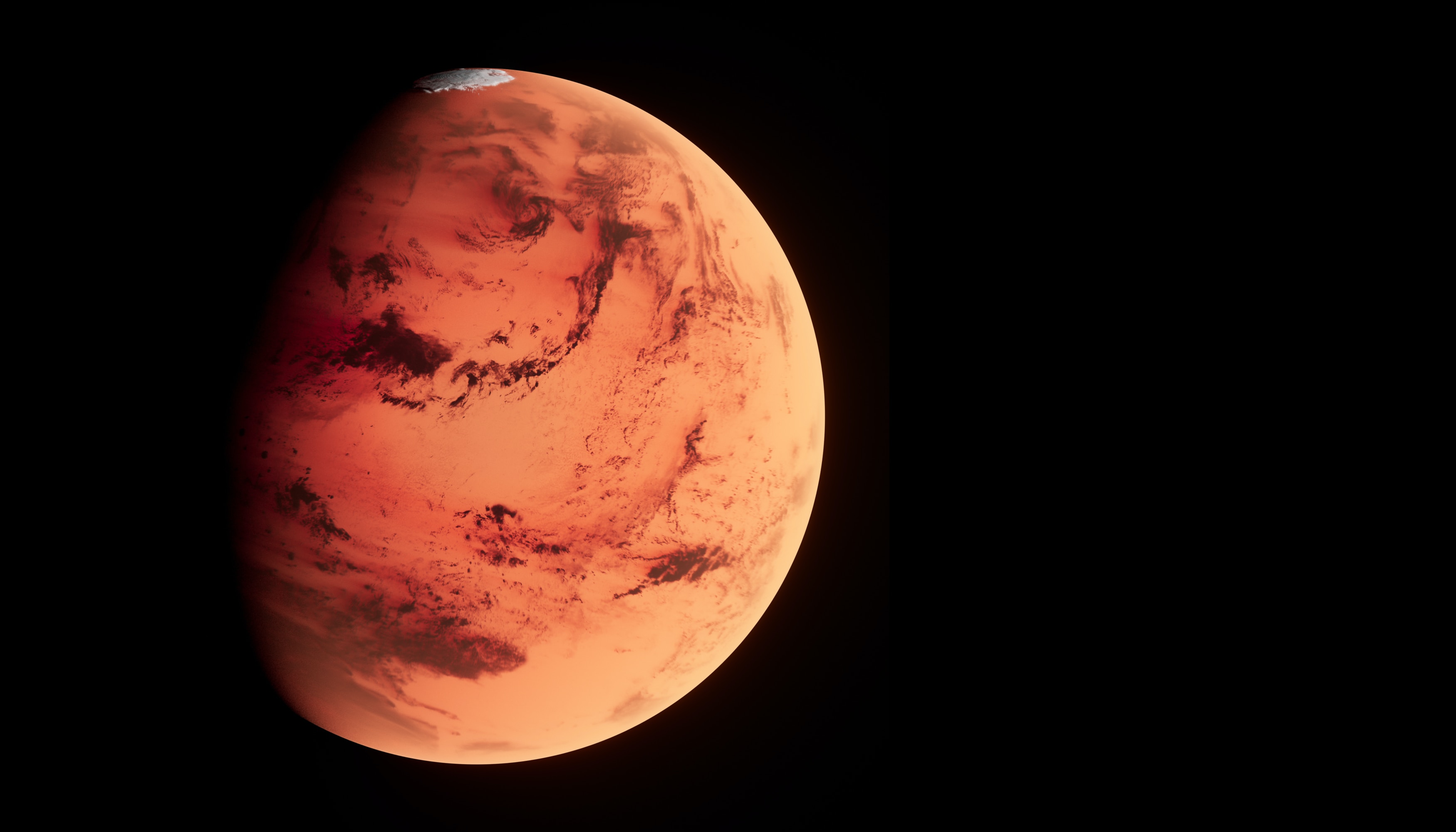Media release
From:
Planetary science: New insights into the internal structure of Mars (N&V)
Mars’s liquid iron core is likely to be surrounded by a fully molten silicate layer, according to a pair of studies published in Nature. These results offer a new interpretation of the interior of Mars, suggesting its core is smaller and denser than previously proposed.
The analysis of measurements from the NASA InSight lander’s Seismic Experiment for Interior Structure (SEIS) project in 2021 suggested the presence of a large but low-density core, composed of liquid iron and lighter elements such as sulfur, carbon, oxygen and hydrogen. However, these results suggest that the core has a higher proportion of lighter elements than is feasible according to estimates of the abundances of these elements early in Mars’s formation history.
Amir Khan and colleagues and Henri Samuel and colleagues examined the latest batch of seismic signals in combination with first principles simulations and geophysical models to produce their estimates for the size and composition of the Martian core. The two studies find that the liquid iron core of Mars is surrounded by an approximately 150 km-thick layer of near-molten silicate rock, the top of which was previously misinterpreted as the surface of the core. This decrease in core radius implies a higher density than estimated in the earlier InSight study. These estimates can more easily be reconciled with our existing knowledge of chemical abundance on Mars, as they require fewer alloying light elements to produce a stable liquid core.
In an accompanying News & Views, Van der Lee calls the results “the most accurate and precise estimates so far of Mars’ core and mantle structure”, and suggests that the findings further our understanding of terrestrial planet formation and composition.



 International
International


